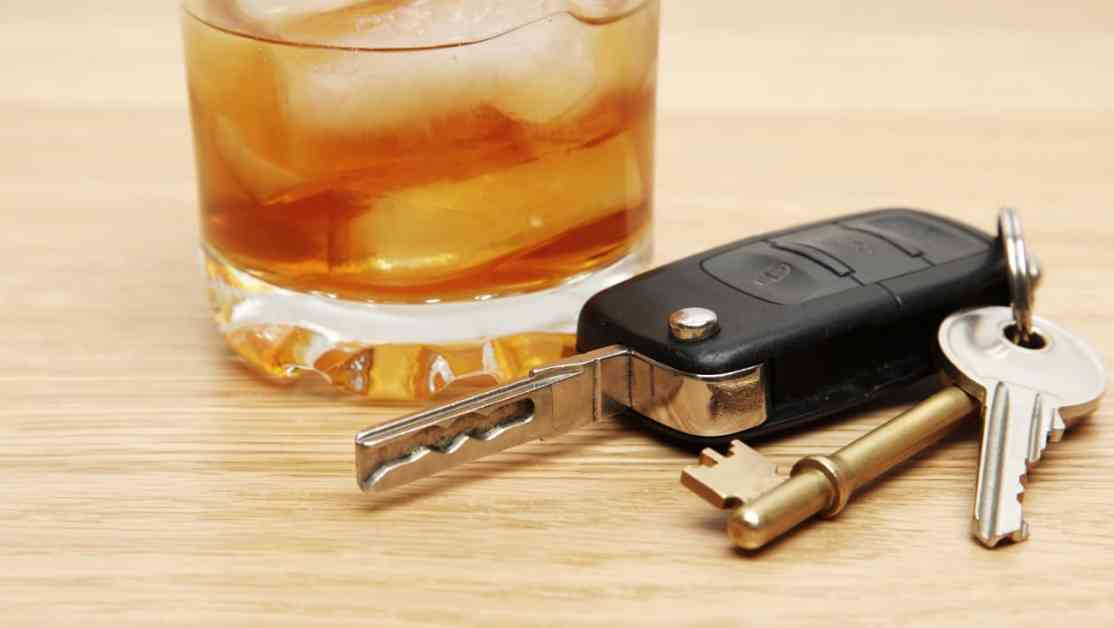The RAC is pushing for the implementation of alcolocks following a surge in drink-driving incidents resulting in over 1,900 people being killed or seriously injured in 2022. This marks the highest number of drink-drive deaths in 13 years, making up nearly 20% of all road fatalities.
A recent report from the Department for Transport revealed that the number of fatalities due to drink-driving rose by 15% from the previous year, with as many as 300 individuals losing their lives. Despite the increase in casualties, the total number of collisions actually decreased by one per cent compared to 2021.
The majority of drink-drive collisions, about 79%, involve male drivers or passengers over the legal limit, contributing to 68% of the total casualties. While the percentage of crashes involving someone over the drink-drive limit currently stands at four per cent, down from eight per cent in 1979, industry experts are advocating for stricter measures to curb this trend.
RAC’s spokesperson, Rod Dennis, expressed concern over the rise in drink-drive fatalities, likening the situation to levels seen in the late 1980s. He emphasized the need to prevent individuals from drinking and driving altogether, proposing the use of ‘alcolocks’ that would require drivers to take a breathalyser test before starting their vehicle.
A study conducted by the AA revealed that eighty percent of individuals believe that the availability of zero-alcohol drinks renders drink-driving unacceptable. AA’s President, Edmund King, suggested that increasing law enforcement presence through ‘cops in cars’ could be an effective way to tackle the issue.
The debate on whether the drink drive limit should be reduced continues, with stakeholders and the public sharing their opinions on the matter. The recent spike in drink-drive incidents underscores the importance of addressing this issue through a combination of stricter regulations and increased awareness campaigns.
In conclusion, the implementation of alcolocks and other preventive measures could play a crucial role in combating the rise of drink-driving incidents on the roads. By working together to create a safer environment for all road users, we can strive towards reducing the number of drink-drive fatalities and creating a culture of responsible driving.










